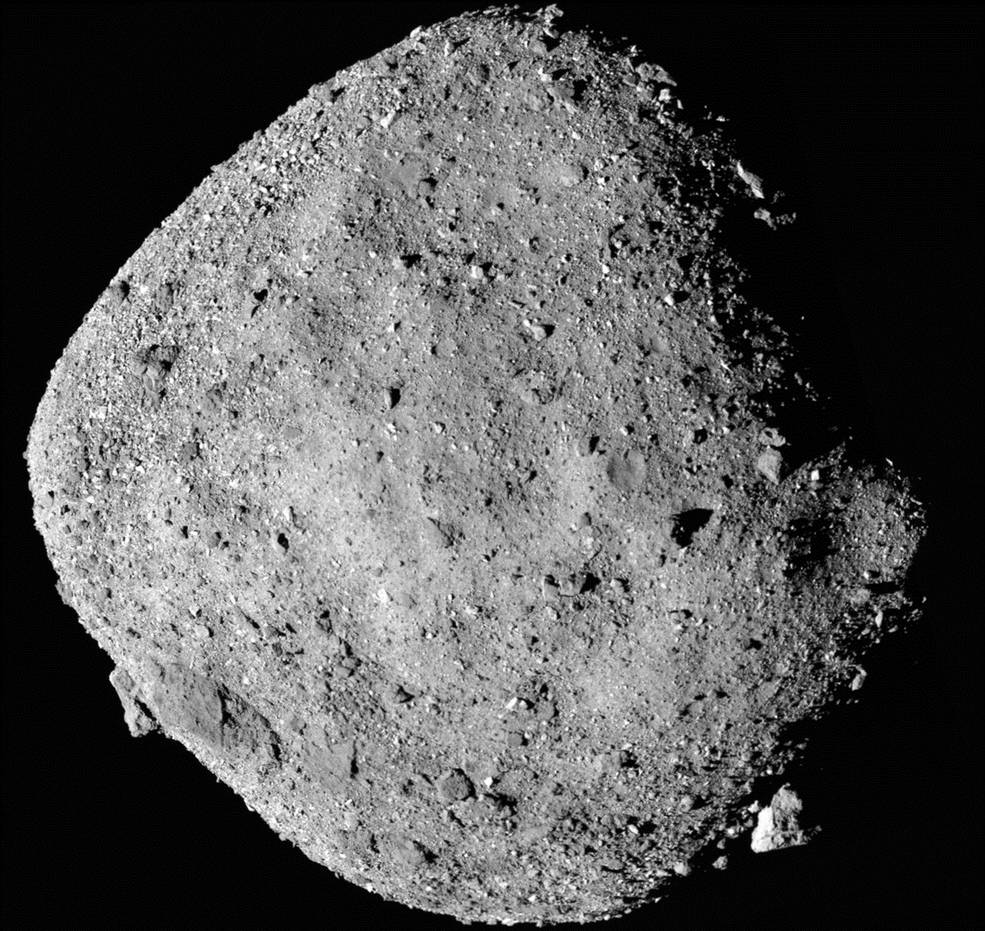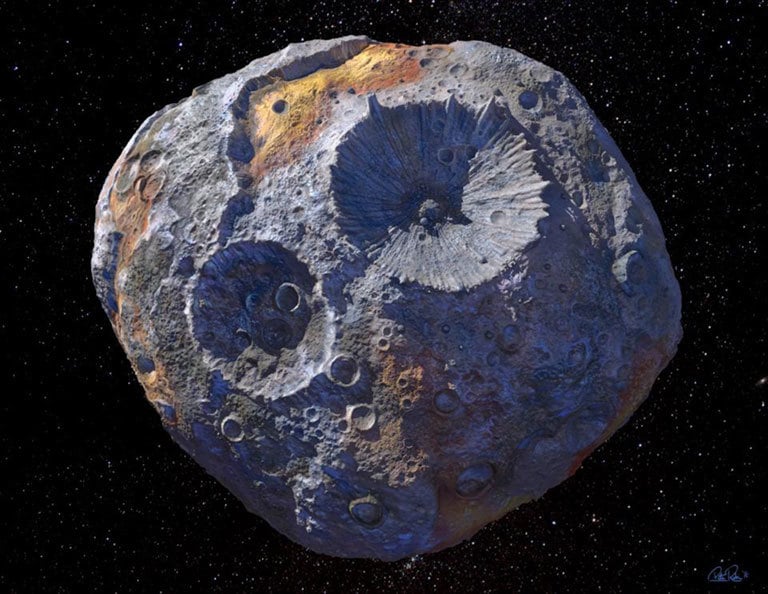
The James Webb Space Telescope is enabling all kinds of next-generation astronomy, including producing accurate mass measurements of the most distant galaxies.
Continue reading

An international team has simulated what happens when a black hole and neutron star merge, and the results were pretty
Continue reading

A star speeding through gas and dust has much to teach us about interstellar dynamics.
Continue reading

In a recent study, aerospace engineer Prof. Alex Ellery proposes a biologically-inspired method that could keep self-replicating robots from running amok!
Continue reading

NASA has announced that SpaceX will be launching the Nancy Grace Roman Space Telescope in 2026!
Continue reading

Some gamma ray bursts could be used as standard candles and allow astronomers to measure Hubble's constant at greater distances than ever before.
Continue reading

A new study by a Japanese research team shows that long term exposure to microgravity not only affect muscles and bones, but nerves.
Continue reading

A recently-released report examines the James Webb Space Telescope's performance and discusses the micrometeoroid impacts that could threaten the mission
Continue reading

At the upcoming 2022 IAC, the International Space Elevator Consortium (ISEC) will present a paper that shows how graphene could lead to a Space Elevator!
Continue reading

According to recent reports, the inflammatary and blusterous Dimtry Rogozin has been replaced as head of Roscosmos.
Continue reading


















































